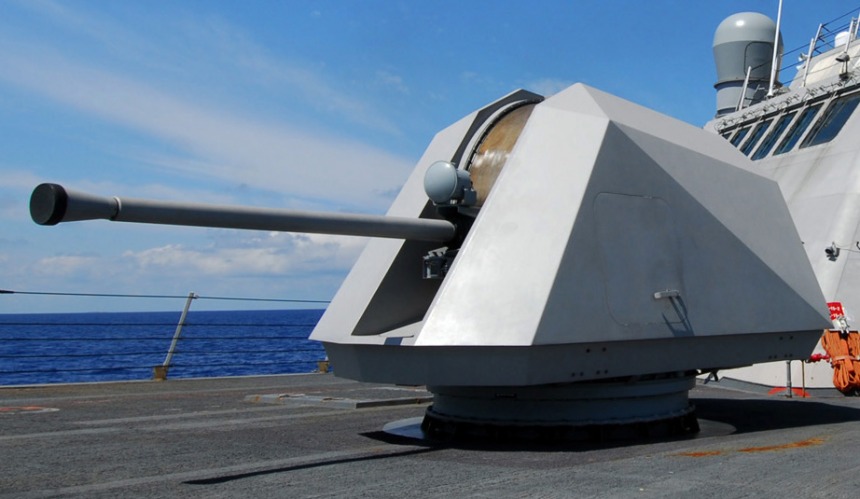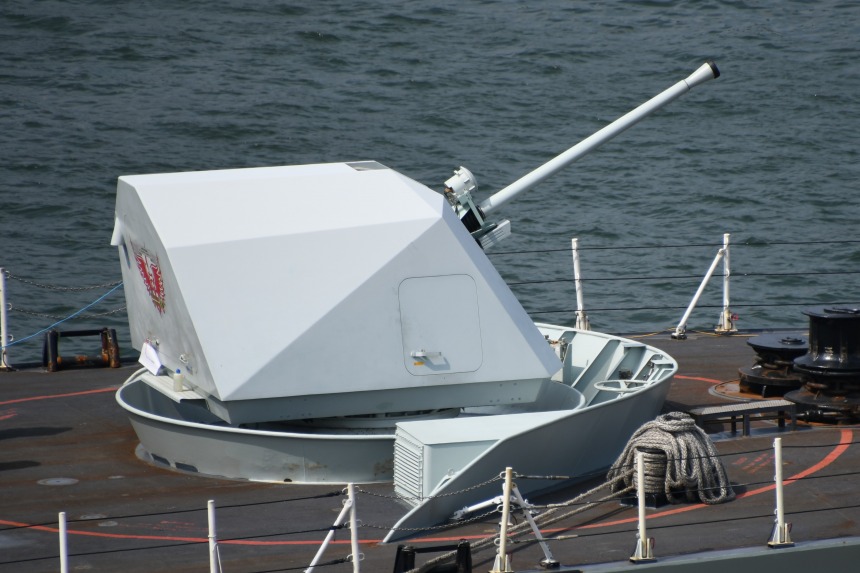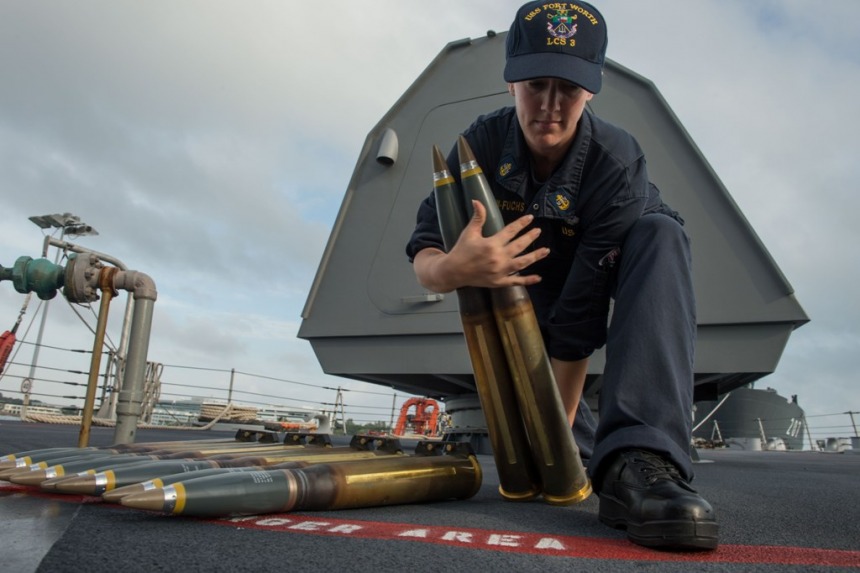The latest naval artillery system Bofors 57 mm Mk 3 (Mk110)

Swedish armed systems have always been known for their quality and precision. The latest innovation in naval weaponry is the universal artillery system of a new generation, which, as claimed, is free from the drawbacks of its predecessors.
We are talking about the latest naval gun of caliber 57 mm Mk 3 (Mk110) developed by the Swedish division of Bofors, a BAE Systems company. There are three main modifications of this artillery system, designated Mk 1, 2, and 3 respectively, and it is in service with the navies of Sweden, Finland, the U.S. Coast Guard, Canada, and Mexico.
 naval artillery system Bofors 57 mm Mk 3 (Mk110)
naval artillery system Bofors 57 mm Mk 3 (Mk110)
- The development of the new type of naval gun began in 1962, largely based on the experience gained in creating previous systems. The first modification, Mark 1, was characterized by a high rate of fire, the use of new ammunition, water cooling for the gun barrel, and a state-of-the-art electron-hydraulic system for gun deployment.
- The second version of the naval gun, Mark 2, already represented a lighter mounting using a servo system, reducing aiming time. The gun barrel for this mounting, made of special monobloc steel, already had water cooling. Bofors claimed that this system was dual-purpose, being accurate and agile enough to destroy sea-skimmers and capable of delivering more explosives into a surface target in thirty seconds than any gun smaller than 10 cm (3.9"). About 25 Mark 2 guns were manufactured.
- The third modification of the artillery system, Mark 3, has a low radar profile. However, the main feature of this system is its projectile with artificial intelligence, programmed to hit any objects from light maneuverable boats to unmanned aerial vehicles. In addition, this system can be installed on ships with a displacement of only 150 tons, as the weight of the gun is only 7 tons. The armament is light but has significant destructive power. A small radar mounted on the gun barrel is used for remote fire control. The dual-hoist system allows for instant switching between types of ammunition, but rounds must be removed manually in case of misfire. The Bofors 57 mm Mk 3 (Mk110) naval gun can fire at an angle of 78 degrees and has a rate of fire of 220 rounds per minute.
 the projectile of naval artillery system Mk110
the projectile of naval artillery system Mk110
The «smart» projectile has several programmed modes:
- «shrapnel explosion.» The projectile, filled with tungsten fragments that completely transform into shards upon detonation. In addition, it contains 2400 tungsten shrapnels that disperse at a speed of 1500 m/s upon detonation. This parameter characterizes the projectile's lethality.
- «collision.» In collision mode, the fuse detonates upon approaching the target. There are three different settings depending on the target. Against large armored targets, the collision setting causes the projectile to detonate upon contact with the target. When attacking small objects, the projectile detonates «on approach.» The precise setting of the fuse detonation time guarantees the maximum effect of the projectile.
The reason for the development of this naval system is due to the threats faced by military sailors. To create adequate weaponry, flexibility is essential. Therefore, the ability to change ammunition types is crucial. For this purpose, the Bofors 57 mm Mk 3 (Mk110) naval gun can destroy up to 25 targets simultaneously with ten types of projectiles.
Technical specifications of the Bofors 57 mm Mk 3 (Mk110) naval artillery system or the Swedish variant Bofors SAK 57:
- Weight: 7 tons;
- Maximum firing range: 17 km;
- Gun elevation angle: 78 degrees;
- Rate of fire: 220 rounds per minute;
- Initial projectile velocity: 1025 m/s;
- Comments
 en
en ru
ru uk
uk